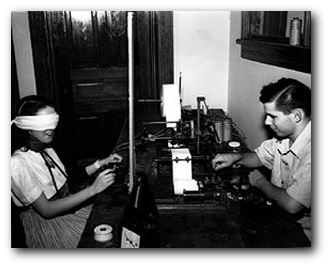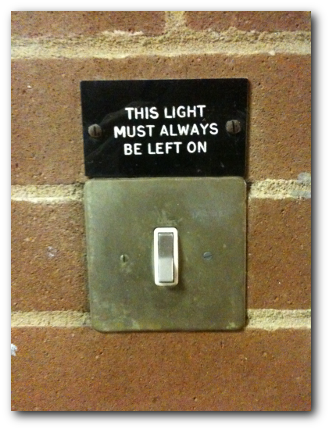I’ve recently finished reading Game Usability: Advancing the Player Experience, edited by Noah Schaffer and Katherine Isbister, which (as its title may suggest) tries to give a complete overview of the field of usability within computer games. Game usability is a relatively new topic, yet all the key figures of the field are included in the book, including contributions from Microsoft’s User Experience labs, Sauli Laitinen and the Super Mario Club and interviews with figures from many major companies. Game Usability recognises that this field is new, and aims to provide an introduction for complete novices to how usability is developing within computer games, and the shift from ‘hardcore’ games, towards a friendlier user experience.
The topics are widely spread, and try to cover every aspect of usability and UX within computer games, including an introduction to heuristics, how to perform an expert evaluation, and guides to many of the processes of user experience testing. Since the topic is relatively new, there is a wide range of material than can be drawn upon – maybe this book wouldn’t be so useful in ten years time, after a greater degree of precision is applied to each area of usability testing.
Where this book excels is when it covers the actual ‘how to’ of usability processes. If the reader had never performed an expert evaluation before, this book would give them a great introduction and allow them to get started. Similarly for running user tests, articles in the book tell you what to do (and what not to do), common problems encountered, and what results you should be looking for. This is supplemented well by concrete examples, such as Microsoft telling us how they use heat mapping to work out which areas of Halo are causing problems, and what actions they took to fix it.

now try to capture the flag
It also covers the difference between ‘casual’ and ‘power’ gamers, and how games should adapt to the shift towards casual games that can be seen through the success of the Wii. Unlike Alan Cooper (whose book Inmates says that the divide between casual and power users should not exist), this book recognises that ‘power-gamers’ have grown up developing a different skill set to casual gamers, and are more prepared to put up with issues like dying repeatedly, and a higher degree of challenge. By addressing the differences between gamers, and what their expectations are, this book would be a useful aid in the design of personae, and at targeting your game to an intended audience.
Some aspects of the books seemed a tad odd however: An interview with Georgios Yannakakis of Copenhagen University asks only three (very brief) questions (maybe Georgios wasn’t aware it was an interview). Another interview is with someone who shares Schaffer’s last name, and looks to be the author’s dad. Schaffer’s dad has been established in the field of usability, but has little to add with regards to games.
Perhaps the main issue not covered by the book is that all the contributors to the game are established in companies that accept the value of their work. The book briefly covers some counter arguments to common complaints about performing user testing (“It’s too expensive = It’s cheaper than shipping a rubbish product”, or “It takes too long = It’s integrated with the design process so doesn’t take much longer”). However it’s getting into a position where UX is a consideration at all within a company that will be a consideration for many (and is the subject of John Rhodes’ book Selling Usability ). Maybe future revisions of this book will include techniques for making usability a priority within your company.
The focus of the book is maybe sometimes too wide, and only lightly touches each subject before moving on. If you were already familiar with the topics covered in this book, there will be nothing new for you here.
These oversights are only minor though, compared to the large amount of ground the book covers as an introduction to usability. It offers more in terms of practical “how-to” guides than Alan Cooper’s Inmates, and its focus on Games means it can offer fairly comprehensive coverage of the main topics of the field. If you are new to the subject, or a non-usability specialist looking to understand the subject, or can only afford one book, Game Usability would be a great introduction to the theory and practice.
Also, to finish, my quick Usability fail discovery, from Sussex University.

Instead of letting the user break it, how about… not offering the ability to make mistakes (See: Macs)
My friend and I were recently discussing about technology, and how integrated it has become to our daily lives. Reading this post makes me think back to that debate we had, and just how inseparable from electronics we have all become.I don’t mean this in a bad way, of course! Societal concerns aside… I just hope that as the price of memory falls, the possibility of transferring our brains onto a digital medium becomes a true reality. It’s one of the things I really wish I could encounter in my lifetime.(Submitted using Ting2 for R4i Nintendo DS.)